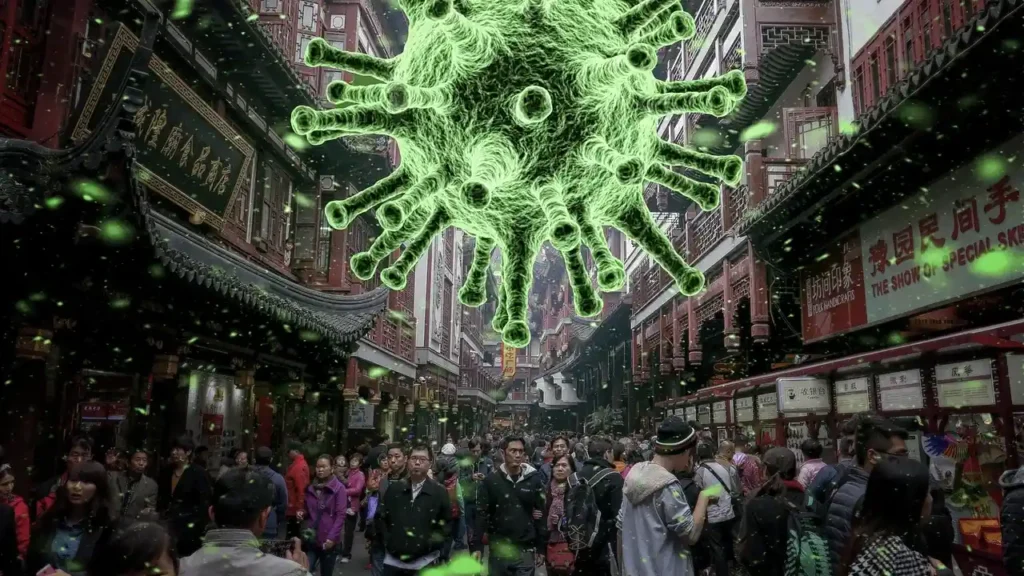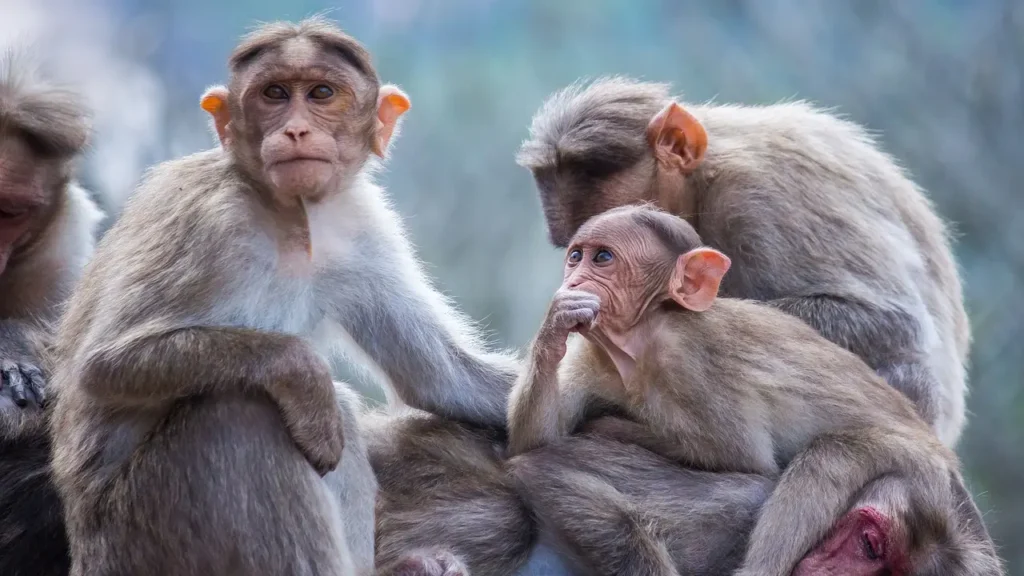
What is Monkeypox Virus? or What is Monkeypox Disease?
What is monkeypox virus? Monkeypox is an infectious zoonotic disease caused by “the monkey pox virus” an enveloped double-stranded DNA virus member the genus Orthopoxvirus in the family Poxviridae. The virus was endemic in Africa and thought to be maintained in nature through endemic circulation in wild mammal species with occasional infection in primates and humans.
What is monkeypox virus genetically? The two genetic clades of the virus are clade I and II. In humans, Clade II is found to produce mild symptoms while Clade I viruses have increased virulence. In this article we will discuss few guidelines for monkeypox case management.
What is Monkeypox Virus Host Range?
What is monkeypox virus host range? Monkeypox virus affects several susceptible mammals however further research is needed to identify monkeypox mammalian host range. Susceptible mammal species include
- Certain rat species,
- Squirrels
- Rabbits
- Prairie dogs
- new- and old-world monkeys and apes
What is Monkeypox Virus Transmission Among Animals?
Monkeypox virus may be transmitted through animals by direct contact or contact with body fluids of infected animal (saliva, urine, feces, and meat).
What is Monkeypox Virus Transmission Among Humans?
In humans, monkeypox virus can be transmitted through close physical contact and respiratory droplets.
What is Monkeypox Disease and What are Monkeypox Clinical Signs In Different Hosts?
Clinical Signs of Monkeypox in Non-human Primates:
Self-limited rash, initially appearing as small cutaneous papules which develop into pustules and then crust over are the primary clinical signs. Skin lesions or pustules appear with an erythemic, necrotic center which is surrounded by epidermal hyperplasia and often leave scar after healing. Although there is large variation in number and location of lesions among primates however most common locations of lesions is on face, limbs, palms, soles, and tails. Fever, lymphadenopathy may appear along with signs while respiratory signs, ocular discharge, facial edema, and anorexia may develop in severe cases.

Clinical Signs of Monkeypox in Rodents:
Rodents are believed to be reservoir hosts. In rodents signs include fever, anorexia, blepharoconjunctivitis, diarrhea ,depression, respiratory signs and cutaneous lesions. Oral ulcers and lymphadenopathy may occur occasionally. Some species of rodents only show nonspecific clinical signs e.g. Lethargy, conjunctivitis, and unkempt coat while others are asymptomatic. African rodents are believed to be
Clinical Signs of Monkeypox in Humans:
Monkeypox symptoms can be uncomfortable and painful causes flu-like symptoms and a blistery skin rash and mucosal lesions along with fever, headache, muscle aches, back pain, low energy, and swollen lymph nodes. Typically fever, headache and sore throat appear first and then skin rash appear anywhere at body but symptoms may vary person to person.
Rash develop into fluid filled itchy and painful blister evolving as macules, papules, vesicles, pustules stages over the period of 2-4 weeks finally the scabs fall off. Rashes may develop anywhere on the body including face, mouth, throat, palms of hands, soles of feet, groin, genital areas and anus. One of the classic symptoms in monkey pox is lymphadenopathy that is swollen lymph nodes.
It is preventable and majority of infected people recover fully but some people may become seriously ill. As the rash heals, the lesions dry up, crust over and fall off. Majority of infected persons recover without severe symptoms although few develop sepsis or complicated secondary infection or death. Some people may remain asymptomatic after infection as well.
Clinical Signs of Monkeypox in Other species:
Further research or observational reporting is needed to define clinical signs in other mammalian species.
What is monkeypox virus and its Case Definition?
- Suspect Case: An animal or human having clinical signs consistent with monkeypox virus and have an epidemiologic link to a confirmed human or animal monkeypox case or any other exposure of public and animal health concern.
- Presumptive Positive Case: An animal with a non-negative screening laboratory test result e.g. reservoir host for monkeypox (Histopathology, electron microscopy, IHC, Ab ELISA, rtPCR)
- Confirmed Positive Case: Human or animal from which monkeypox virus has been isolated and identified by diagnostic tests like rtPCR5 and genomic sequencing.
What is Monkeypox Virus and its Case Management in Outbreak Scenario?
In case of outbreak or pandemic, monkeypox case management of suspected or confirmed monkeypox patient is crucial to avoid spread of the disease in the community. There are seven steps which should be followed in case of monkeypox outbreak or monkeypox case managemnet
- Identification of Cases
- Isolation of Monkeypox suspected patient:
- Symptomatic treatment
- Antiviral treatment
- Infection prevention and control:
- Contact tracing
- Public health reporting

Identification of Monkeypox Cases:
The very first step in infection control is to identify suspected monkeypox patients in the community. In order to identify cases case definition must be very clear and it must be circulated widely to avoid any negligence in identification of suspected case at the earliest.
Isolation of Monkeypox Suspected Patient:
When monkeypox is suspected or confirmed monkeypox in a person. The patient must be isolated in a separate room having private bathroom and should be provided with appropriate personal protective equipment (PPE) during duration of infection to prevent transmission of the monkeypox virus.
Symptomatic Treatment of Monkeypox Patient:
As the monkeypox treatment is not available right now, the patient must be given primarily supportive and symptomatic treatment including
- Antipyretics for fever
- Analgesics for pain relief
- Fluids to maintain hydration.
Antiviral Treatment of Monkeypox patient:
There is no specific antiviral treatment available for monkeypox, but there are some antiviral drugs e.g. cidofovir have shown efficacy in treatment of severe monkeypox symptoms.
Infection Prevention and Control to Avoid Transmission:
In order to prevent and control Monkeypox strict hygienic measures should be followed including hand hygiene, thorough cleaning and disinfection of premises and appropriate PPE.
Contact Tracing to Avoid Transmission:
If a confirmed monkeypox patient comes in close contacts with any other patient they must be identified, monitored and isolated if necessary. Similarly all objects in close contact of patient must be disinfected as well.
Public Health Reporting of Monkeypox Cases:
Confirmed monkeypox cases must be reported to local health authorities (district and provincial health departments) for guidance and additional health measures to further prevent the spread of monkeypox virus.